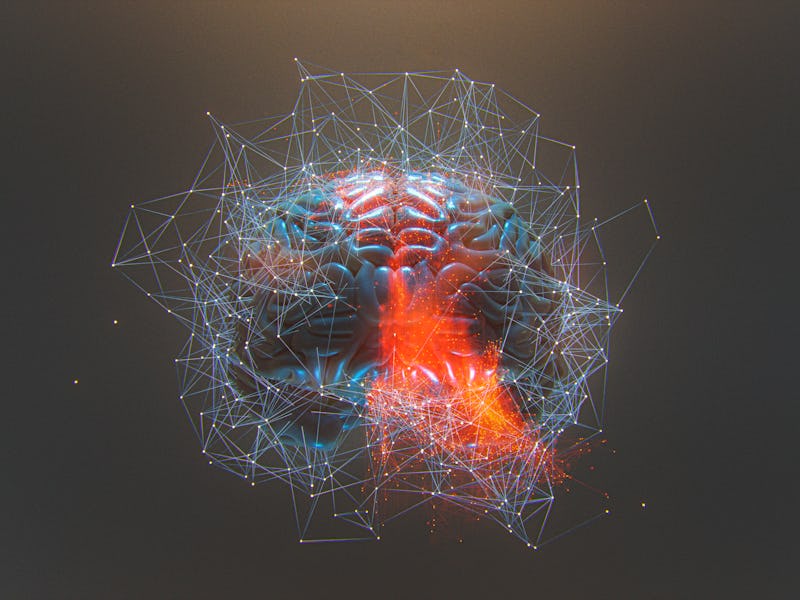Fidgeters, rejoice: Why the vice is actually good for the brain
One unpopular vice is actually helpful for concentration, scientists say.

When I was a kid, I had a problem with falling out of my chair. This was problematic because, at my elementary school, the chairs were connected to the desks. An especially salient memory comes from second grade, when I managed to topple the whole apparatus in a moment of fidgeting, landing on my Hunchback of Notre Dame backpack.
My mom, an elementary school teacher, proposed a solution: We’d move my desk to the back of the class, where I could stand while I work. No more falling. Instead, I could finish my work and swivel myself around until the next task.
Why was the solution one that allowed for more fidgeting instead of less? The answer could be within a new pilot study conducted by researchers in New Zealand.
This week, the study team announced preliminary results. While the study was designed to evaluate the brains of people with ADHD, they found fidgeting increased blood flow in the brains of participants with and without the condition. This increased blood flow was found in the executive decision-making region of the brain: the prefrontal cortex.
These results suggest fidgeting is a subconscious adaptation. It’s the brain’s way of prompting improved concentration and executive functioning. Executive functions are the cognitive skills you use to control and coordinate abilities like self-regulation and problem-solving.
To get to these findings, the research team used MRI to measure participant’s blood flow in the brain, biochemical signatures, and brain morphology. They also used fMRI technology to measure activity in the brain while the participants took a test designed to measure their ability to pay attention and make decisions.
This work opens up “new possibilities to better understand the ADHD mind... “
Preliminary results — again, this was a pilot study — suggest this link between fidgeting and improved cognitive performance. Co-study lead Samantha Holdsworth reported the results also gave an unprecedented look into ADHD brains. Holdsworth, a senior lecturer at the University of Auckland, is hopeful this “super-fast” MRI technique will allow for better diagnosis of ADHD in the future.
This work opens up “new possibilities to better understand the ADHD mind, and potentially identify unique biomarkers of ADHD,” Holdsworth explained in a statement.
Overall, these findings do jibe with the body of research on fidgeting published so far. In 2016, for example, researchers found fidgeting improved working memory in children with ADHD. Meanwhile, another 2016 study found children with ADHD who fidget have better cognitive control
But the benefits of fidgeting apply to more than children with ADHD. Doodling during a phone call, for example, has been shown to boost how many details you remember. Researchers from the University of Missouri-Columbia also argue fidgeting helps prevent the negative health effects induced by sitting. Fidgeting, they found, can prevent a decline in “leg vascular function,” ultimately helping prevent arterial disease. In a 2016 statement, lead author Jaume Padilla, explained:
“You should attempt to break up sitting time as much as possible by standing or walking. But if you’re stuck in a situation in which walking just isn’t an option, fidgeting can be a good alternative. Any movement is better than no movement.”
Next, the New Zealand team plans on continuing their work, gathering a larger study sample, and evaluating whether long-term fidgeting can improve “neuronal activity.” There’s a possibility, the team says, that fidgeting is, in a way, a “mild drug-free ADHD stimulant.” It brings the brain to attention — and gives the person a good excuse to move around.
This article was originally published on